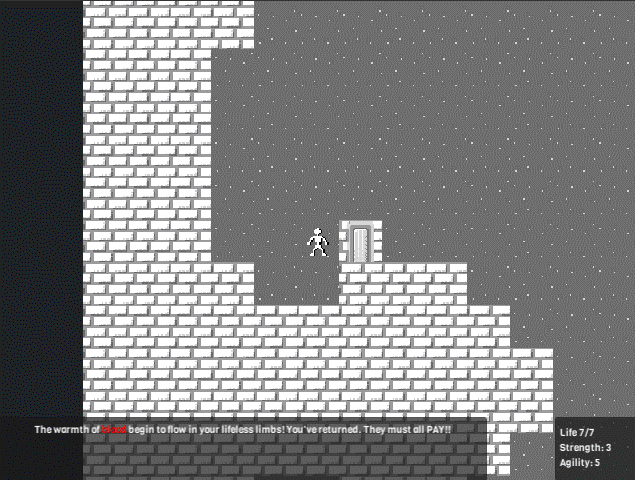Category: GameJams
-

The 7-Day Roguelike (2017 Edition)
I’ve entered … hold on … let me check … 23 Ludum Dares and completed 23 compo entries. I feel good about that, so when this year’s 7-day Roguelike compo began, I went for it. I had worked on something for the 2015 7DRL, but due to a death in the family, I was unable to finish.…
-
A Roundup of Game Engines
This last month of April was a patchwork of different things for me with Ludum Dare 35 appearing in the middle. Before LD35 as I normally do, I took time to look at some alternative tools/languages to the Unity3D C# set that I usually use. The LD competition is a great time to learn something…
-
My Ludum Dare 29 Creation: Epsilon Adventure
In case you don’t know about Ludum Dare, let me give you a quick run-down of it. It is a Game-making competition that is held 3 times per year where participants have only 48 hours to design a game. The game must be designed around a theme which is revealed at the beginning of the…